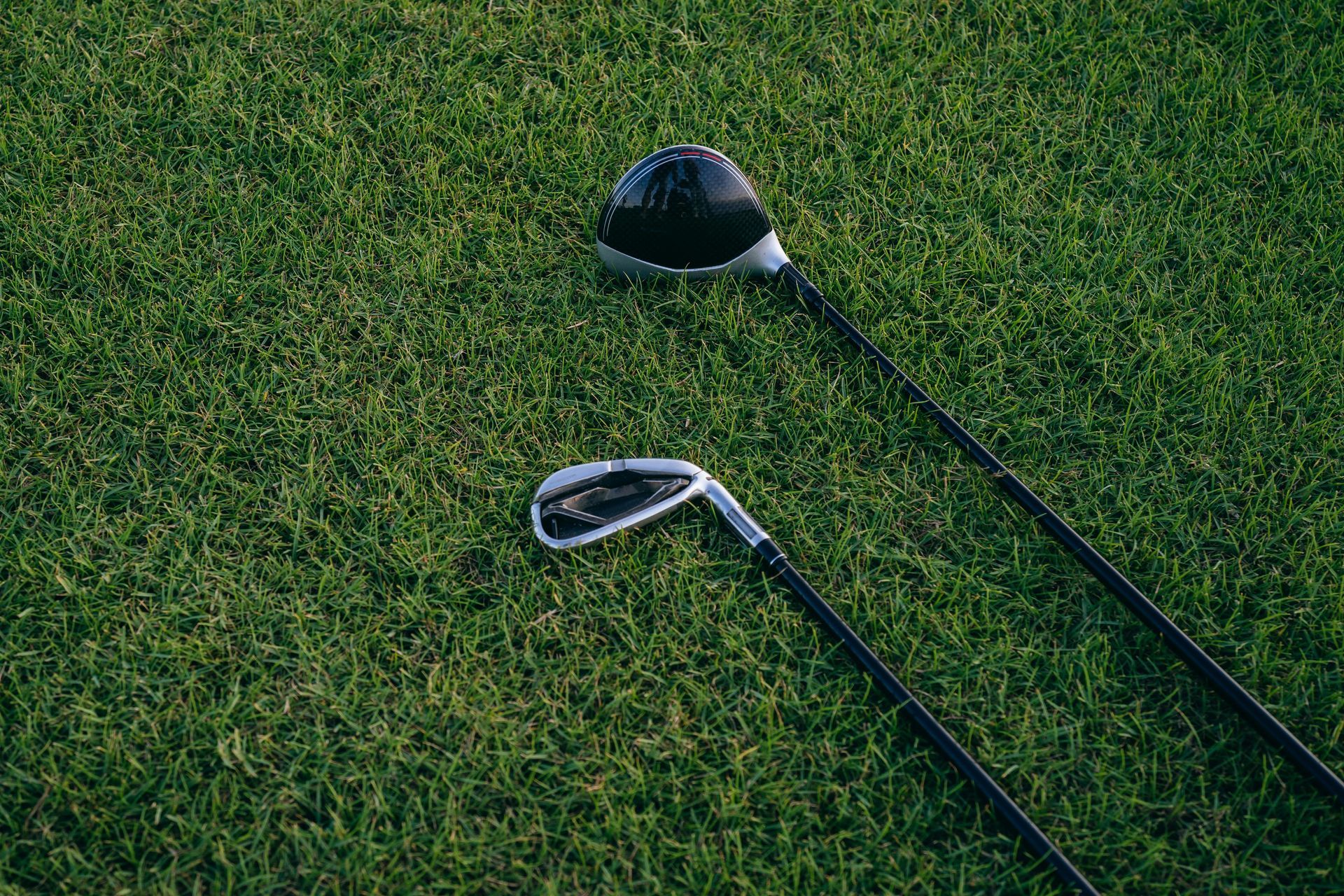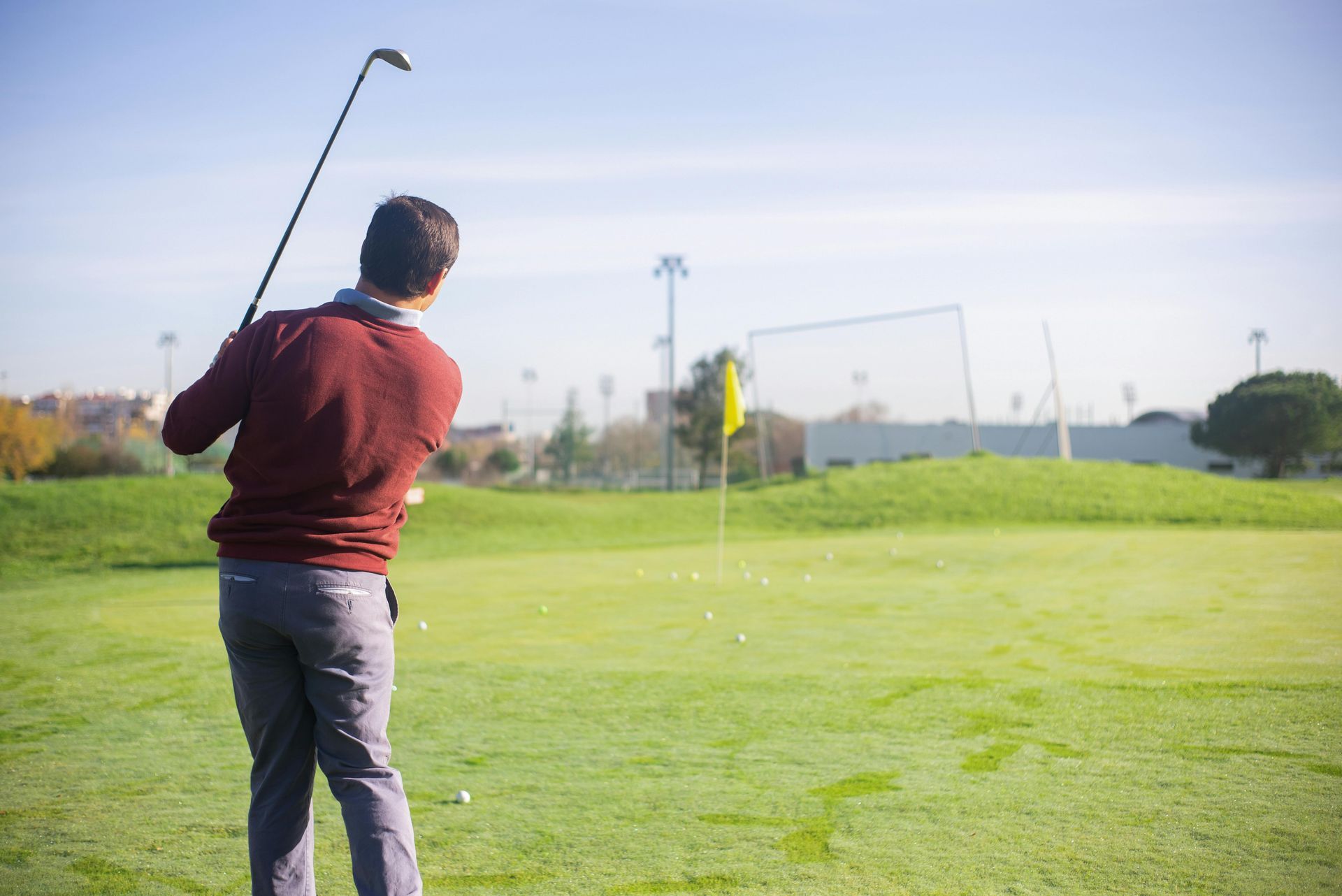The Art of the Grip and Stance – Building a Solid Foundation
Introduction
The grip and stance form the base of every successful golf shot. This post delves into why a proper grip and stance are crucial, outlines common errors, and provides exercises to help you cultivate a solid foundation that can improve your overall game.
Importance of a Proper Grip
A well-executed grip ensures control and clubface alignment at impact. Consider these aspects:
- Types of Grips:
- Overlap Grip: Ideal for those with larger hands, where the pinkie of the trailing hand overlaps the index finger of the lead hand.
- Interlocking Grip: Commonly used by golfers with smaller hands to intertwine the pinkie of one hand with the index finger of the other.
- 10-Finger Grip (Baseball Grip): Offers a more natural hand position, beneficial for beginners or individuals with limited wrist mobility.
- Grip Pressure:
Maintain a relaxed but secure hold. Excessive grip pressure can lead to tension, reducing swing fluidity.
Mastering Your Stance
The stance sets the stage for everything that follows during a golf swing. Key elements include:
- Feet Positioning:
Place your feet shoulder-width apart for a balanced stance. Adjust your width based on the type of shot you’re attempting. - Posture and Alignment:
Bend slightly at the hips, keeping your spine straight while allowing a natural curve. Ensure your shoulders, hips, and feet are aligned with the target to avoid compensations during the swing. - Weight Distribution:
Balance your weight evenly. A steady base not only enhances stability but also encourages a smoother weight transfer during the swing.
Exercises to Improve Your Grip and Stance
Here are some targeted exercises to refine these foundational aspects of your game:
- Grip Pressure Drill:
Practice gripping a club with varying pressure levels. Begin with a light touch and gradually increase until you find the optimum balance between control and relaxation. Use a towel or small ball to train your grip strength without overgripping. - Alignment Stick Drill:
Place an alignment stick or even a long, straight object on the ground along your target line. Practice setting up with your feet, hips, and shoulders all aligned along the stick. This visual aid helps develop muscle memory for proper alignment. - Mirror Stance Drill:
Set up in front of a mirror to observe and adjust your stance. Check that your posture is maintained, your weight is evenly distributed, and your shoulders remain square to your target line. Repeating this drill regularly can instill consistent, correct form.
Common Mistakes and How to Fix Them
Understanding what to avoid is key to mastering the grip and stance:
- Too Tight a Grip:
Often, golfers squeeze the club too hard out of nervousness. Practice with a conscious effort to relax your hands, which will lead to a more fluid swing. - Improper Posture:
Hunching over or standing too upright can severely affect your swing mechanics. Regular flexibility and posture exercises can correct these issues. - Misaligned Shoulders:
A common error is letting your shoulders open or close relative to the target. Focus on drills that emphasize shoulder alignment to counteract this habit.
Conclusion
A strong foundation in golf starts with perfecting your grip and stance. By understanding the nuances of grip types, maintaining optimal posture, and engaging in targeted drills, you can set yourself up for success on every shot. Remember, consistency is built from the ground up, and small adjustments in these fundamental areas can lead to significant improvements in your overall game.


